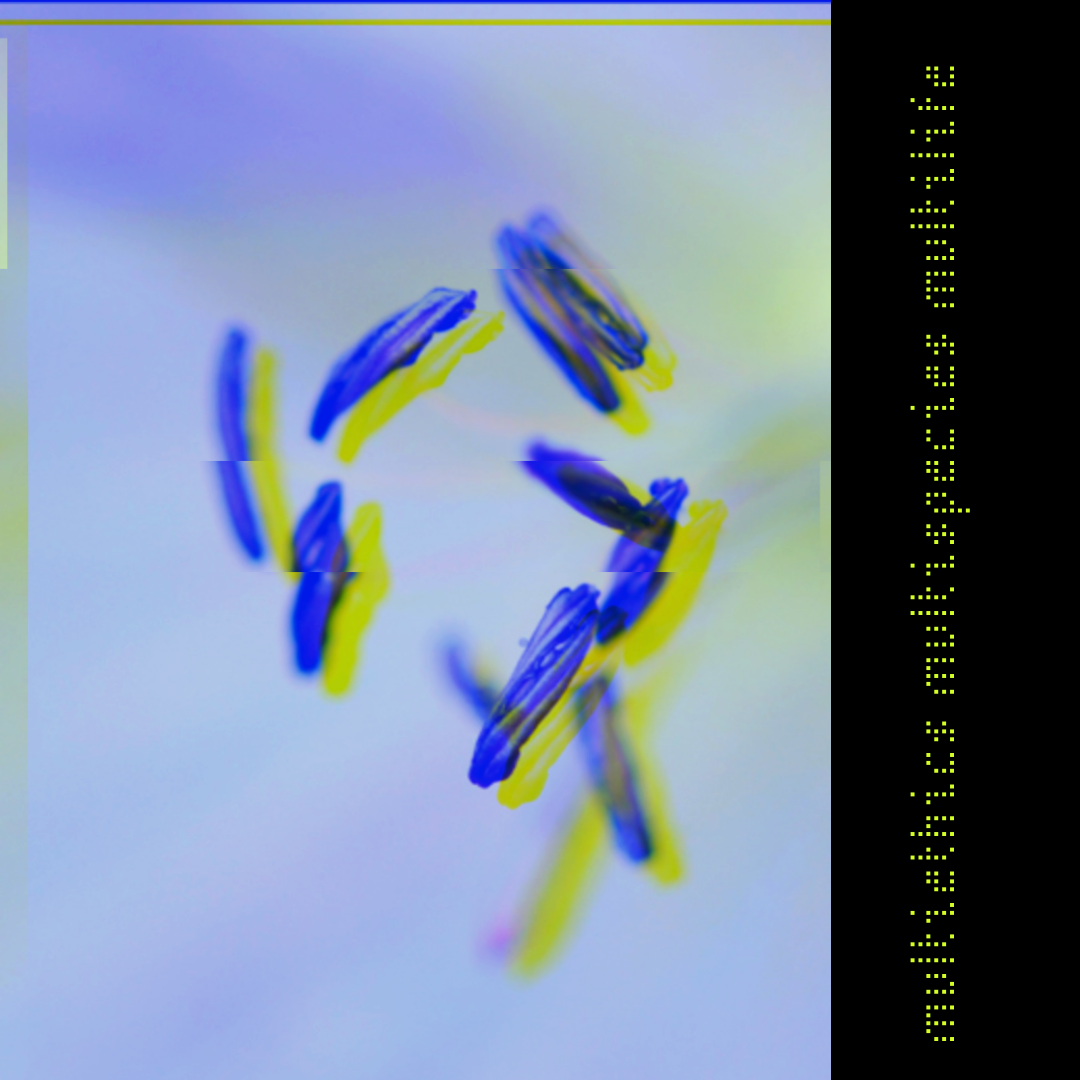
Catherine Jagoe
Artist Statement: Talking & Listening to Plants
This piece was written after taking an extraordinary six-week tree workshop called “The Kingdom of Green” with poet Nickole Brown. The class followed David George Haskell’s practice of sustained observation, in my case of a huge American Sycamore that has always fascinated me for its striking white limbs and multicolored, peeling trunk. I visited it every day, sometimes for just ten or fifteen minutes but usually for about an hour, at different times of the day and night, in all weathers. I observed its bark and leaves with a magnifying loupe; examined and tasted the soil it grew in; kept notes on what I observed happening and growing on and around it. I was humbled by how much I learned from and about the tree just by sitting at its base and paying attention. A couple of weeks in, I became convinced the tree was sick, based on my observations of its leaves and new growth, and discovered that it had anthracnose. During my time with the tree, my mother’s health was failing fast, and my calculations of the tree’s age based on its height and girth meant that she and the tree were “born” in the same year, 1936. Sitting with the tree grounded me during that time in more ways than one.
I often sat there after dark, slightly afraid of people, but I had an invisible spot, shielded from the road by the trunk and from the woodland path below by snakeroot and jewelweed, tall and thick in autumn.
More and more I appreciated tree time—the slowness of it, the continuity, the connection with the earth and air and other living beings and plants: the raccoons who visited many nights, the squirrels and chipmunks and woodpeckers, the great blue heron down on the lake, the mosquitoes, the hackberry sapling, the funnel weaver spider web, the black walnuts and maples nearby, the screech owl who sometimes trilled at night, the cicadas and crickets, the sound of runners’ feet and bicycles and cars passing. The sound of the wind in the leaves, and rain. I became very aware that the tree was a living presence that I could learn from by showing up and slowing down. My feelings toward it were a mix of deep gratitude but also remorse at human destructiveness—perhaps all we can say to plants and trees in the Anthropocene is “thank you” and “forgive me.”
Catherine Jagoe is a translator, poet and essayist. Her most recent books are Bloodroot (Settlement House, 2016), which won three poetry awards, and two bilingual volumes by Uruguayan poets: Reborn in Ink by Laura Cesarco Eglin (Word Works, 2019), and Voice & Shadow: New & Selected Poems by Luis Bravo (Lavender Ink Press, 2020). Author of numerous essays, she won a Pushcart Prize in 2016 and a citation in Best American Essays. Her website is catherinejagoe.com.

